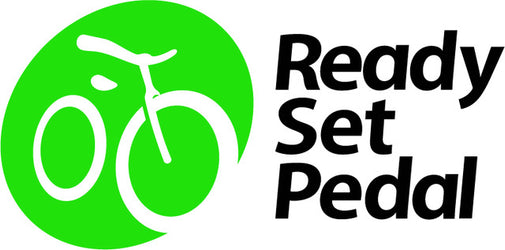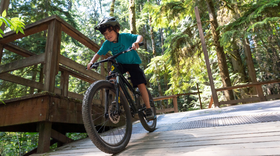
The Official Kids Bike Helmet Fit Guide
When it comes to ensuring that your child is safe while enjoying riding their bicycle, few things are as important as a well-fitting bicycle helmet.
The Center for Disease Control reports that over 60% of bicycle related injuries that require emergency care are among children aged 5 and older. This statistic along should be adequate encouragement for any parent to take bicycle safety seriously.
Furthermore, research evidence confirms that bicycle helmets do work effectively when it comes to protection against head injuries. Studies have confirmed that helmets significantly reduce the severity of head injuries as well as upper facial areas, and provide equal measures of protection in cases of crashes and collisions.
How to determine the correct kids helmet size
Even if you ensure that you buy a good helmet with the right safety ratings), an ill-fitting helmet will be unlikely to do its job (i.e. provide adequate head protection).
A well-fitting bicycle helmet should fit snugly around the circumference of your kid's head. It should also be secured in a stable position so that it is not easily moved on impact, exposing the head to potential trauma. Use the Ready, Set, Pedal Kids Helmet Size Chart to ensure the best fit.
It’s fairly simple to ensure that you get the right helmet for your child’s head. There are two steps involved:
Step 1: Your first step will be measuring your kid’s head. You want to take the measurement using flexible measuring tape, going around the circumference of the head just above the ears and about an inch (or approximately two-finger’s width) above the eye brows.
Step 2: Next, you need to use the measurement from step 1 to consult the helmet manufacturer’s sizing chart. Here, there are a few caveats to keep in mind:
- There is no standard sizing across various helmet brands. Always consult the chart specific to the brand and model you are interested in purchasing for your child.
- Don’t go by designations like “toddler helmets” or “junior helmets”. These are very generalized sizing guidelines only useful as far determining the initial category you should be looking into. My son needed a “junior” helmet when he was two years old.
In summary: there is no substitute to an accurate head measurement and careful consultation of the sizing charts.
Some parents are tempted to size up their child’s helmet on the assumption that they would “grow into it”. While this may be financially sound approach, it is not conducive to a helmet that will fit as it should now, which is more important from a safety standpoint.
How a kid’s helmet should fit
The helmet should sit level above your child’s head. It should not tip forward or rearward. Remember the two-finger’s widths above the eyebrows we used as a measurement guide? This is where the front of the helmet should sit.
Once you have positioned the helmet correctly, it’s time to snug things up. This is done using the helmet’s retention mechanism (most commonly a ratchet dial at the back of the helmet) and a chin strap. You might want to trim off the excess material in the chin strap, or at least tuck it out of the way so that it does not irritate your kid’s skin.
Be prepared to deal with protests from the little one if they’re not used to wearing a helmet. The rigid structure of a bicycle helmet takes a little getting used to. Be patient!
What to look for in a kid’s helmet
In the US, the helmet safety standard is Snell B90/B95. You will want to limit your search to helmets that have this rating.
- You might want to consider helmets with an integrated visor, which is good to keep the sun out of the little one’s eyes on sunny days.
- Helmets with thick internal foam padding are not necessarily more comfortable. The more important criteria is actual fit as outlined above.
- Style matters, but prioritize function and fit over form.

